


FAQs About Roommates and Renters Insurance
If you rent your home, having renters insurance is a no-brainer: It protects against loss and damage to your belongings and usually costs less per month than a fast-food order. But what about when you add a roommate to the mix? How does that affect your policy and coverage?
Here are answers to some of the most common insurance questions in a roommate situation.
Can I share a policy with a roommate?
California Casualty does not allow roommates to purchase a policy together. However, we offer a low or no cost endorsement, “Other Members of Household” that the insured can add to cover the roommate. This endorsement extends coverage for unrelated household members who live and maintain contents at the insured location, like a review. The maximum number of unrelated roommates that can be added to a policy is two.
How do I add a roommate to my policy?
California Casualty does not require both roommate’s names to appear on the lease. We only need the roommate’s name and the estimated value of property and increase the coverage amount if it is not adequate enough to cover the roommate’s personal belongings. You’ll want to go through the policy in detail with your insurance agent and roommate to make sure all the coverage, liability, and policy details are clear, understood, and agreeable to all parties.
What will the policy cover?
All policies have coverage limits. Typically, in a shared policy situation, the coverage limit doesn’t increase with the addition of a roommate but gets split between you. You’ll need to decide if the coverage limit is adequate given the value of your and your roommate’s possessions combined. Policies typically also cover personal liability, which helps cover the costs due to accidental property damage and accidental bodily injury.
What if my roommate moves out?
You’ll need to update your policy as soon as there are any changes to your roommate situation. If your roommate moves out, you’ll need to make yourself the sole policyholder asap. If you decide to bring in another roommate (and you both want to share a policy), you’d need to go through the policy update process again.
Further considerations
If you’re considering sharing a policy but are just not sure, think about the following.
-
- Take stock of what you own. If your possessions are worth much more than your roommate’s, it may not be worth sharing a policy.
- Check for potential cost savings. Working with your insurance agent, price out a shared policy versus a single policy. In some cases, a solo policy ends up being more affordable while offering more coverage.
- Choose your roomie well! The secret to a good shared policy situation is a strong underlying relationship where you and your roommate are on good terms, can have honest conversations, and trust each other.
Deciding whether or not to share a policy is a very personal and individual choice – only you can know if it’s the best choice for you. But in the end, whether you decide for solo or shared, the most important decision is that you get protection as a renter. Check out the top 5 reasons to get renters insurance here.
This article is furnished by California Casualty, providing auto and home insurance to educators, law enforcement officers, firefighters, and nurses. Get a quote at 1.866.704.8614 or www.calcas.com.
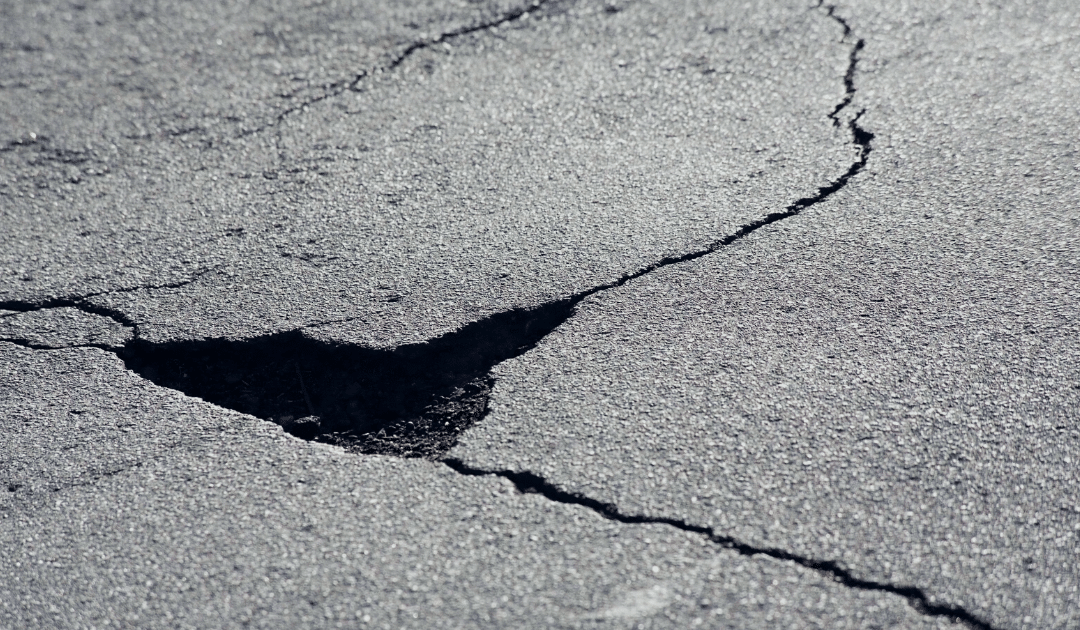
5 Ways Potholes Can Damage Your Car
It’s officially pothole season.
Potholes can pop up on roadways during any season, but why do they seem so prevalent during the first few months of the year?
When winter is ending and spring is on the horizon, the weather is constantly fluctuating between mild and freezing temperatures. Rain, snow, and ice get into smaller holes and cracks in the pavement, and as the temperature jumps back and forth from high to low, the precipitation continually freezes and thaws expanding those pavement cracks causing others to form. As cars and heavy trucks drive over them, the asphalt chips away, thus creating potholes.
Potholes, no matter how small, can wreak havoc on your entire vehicle. Here are 5 ways hitting a pothole can cause damage.
1. Steering & Suspension
Your vehicle’s suspension absorbs bumps so you can’t feel them when you drive. If you cause enough wear and tear on your suspension system, it could result in a number of problems with your steering, including: vibrations, noises when you turn, vehicle pulling to one side, etc.
2. Undercarriage
Vehicles that ride lower to the ground have a better chance of being damaged by a pothole. They can cause scratches and scrapes, that aren’t dangerous until they start to rust or leak. They can also rip off low-hanging bumpers.
3. Tires & Wheels
It’s no secret that debris from potholes can cause holes, leaks, and tears in your tire, but when you hit a pothole fast enough, it can also cause a complete tire blowout. Potholes can also damage your wheels by bending or cracking your rim. And if there is visible damage, you’ll likely have to replace the entire wheel.
4. Body & Exhaust System
Pavement debris and rocks can scratch the paint on your vehicle and cause rips and leaks in your exhaust pipes, muffler, and catalytic converter. If your exhaust pipes have been damaged, it can be a serious issue. Ripped pipes can leak exhaust fumes into the cabin of your vehicle and cause serious health issues (including death). If you hear a strange noise or lose power after hitting a pothole, there is a good chance your exhaust pipes have been damaged and you need to pull over.
5. Loss of Control
Lastly, one of the most dangerous consequences of hitting a pothole is that it could cause you to lose control of your vehicle. Losing control for even a few seconds, could not only cause damage to your vehicle, but could also be deadly for you and your passengers. That is why it is important to watch the road for potholes when you drive and try and avoid them.
Potholes are extremely dangerous for you and your vehicle, but sometimes accidents do happen.
So, what if you accidentally hit a pothole, is damage done to your vehicle covered by insurance? Typically pothole damage is covered if you have collision insurance. If you aren’t sure, call your agent and review your coverage today.
This article is furnished by California Casualty, providing auto and home insurance to educators, law enforcement officers, firefighters, and nurses. Get a quote at 1.866.704.8614 or www.calcas.com.
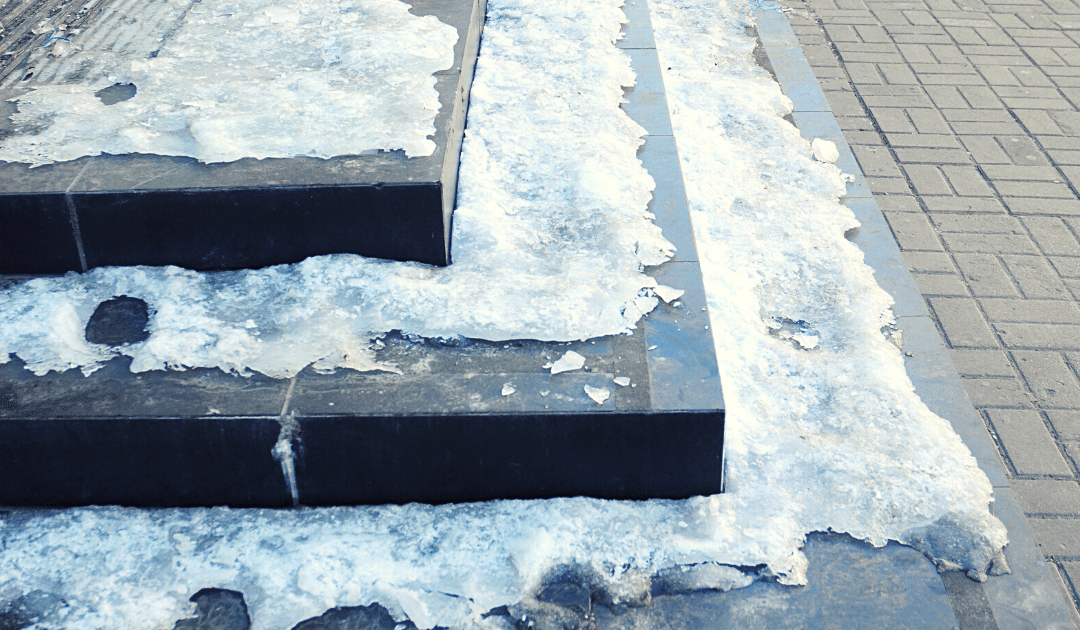
6 Winter Home Hazards and How to Avoid Them
With cold weather comes extra hazards. Be on the lookout for these six common ones, so you can avoid injury, accidents, and damage to your home.
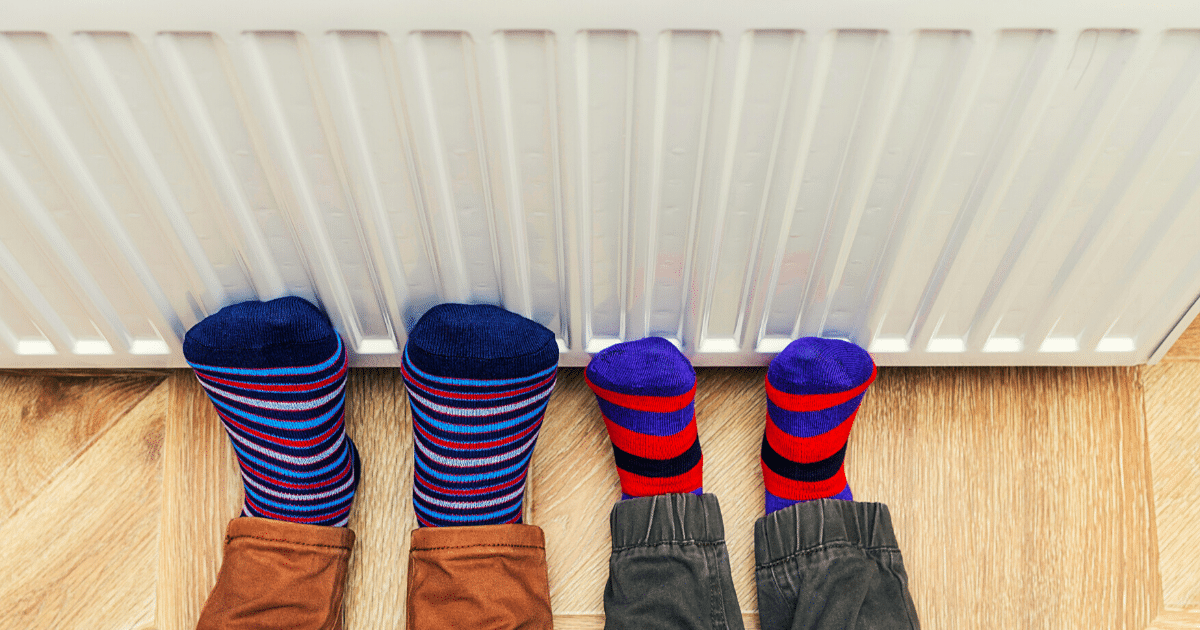
1. Unsafe Heaters and Furnaces
Make sure your heating system has been inspected by a professional (ideally well before winter arrives). This will ensure that it’s prepped for the hard work of heating your home through frigid temps and doesn’t break mid-season, leaving you scrambling for repairs. Here’s how you can keep it in working order:
-
- Wipe it down regularly to get rid of dust and debris; you can also gently vacuum it with a nozzle/brush attachment.
- Clean vents and adjust dampers in all rooms.
- Replace dirty filters as needed.
- Listen and watch for strange sounds or behavior. Do a visual check from time to time for frayed wires or other damage (pests can attack without your knowledge!).
- If you have a furnace, be sure to check the pilot light regularly (follow manufacturer’s instructions).
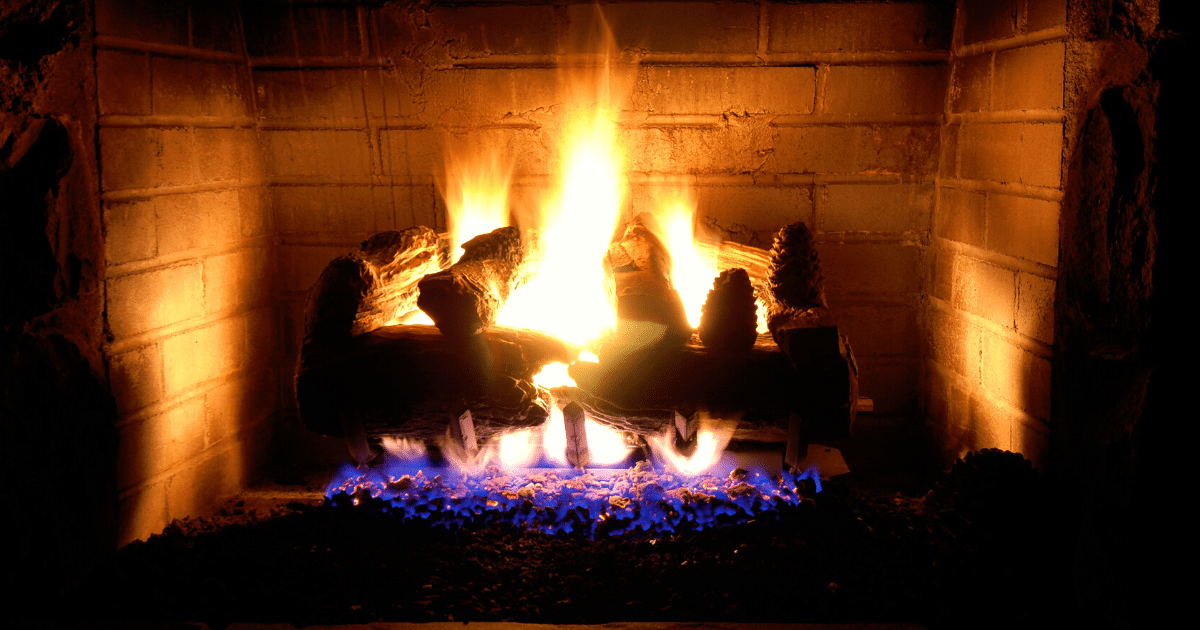
2. Fireplace Hazards
Like your heating system, your chimney, flue, and supporting structures need an annual inspection (and possible cleaning). Schedule inspections at the same time for an easy maintenance routine. Besides inspections, be sure to:
-
- Clean out ash after every fire – excess ash can reduce airflow and make your next fire dangerous.
- Never leave a fire unattended, and always make sure it’s completely extinguished before leaving it for the night.
- Use a fire screen for extra protection and consider fireplace doors if appropriate.
- Check your smoke and carbon monoxide alarms to make sure they’re working properly.
- For more indoor fire safety tips, check out our blog post.

3. Porch and Deck Safety
The areas immediately surrounding your home and entrances pose a special risk for slips, falls, and other injuries resulting from ice. Protect yourself, your family, and any visitors with these precautions.
-
- Remove snow from decks, walkways, porches, and your driveway as soon as possible to prevent a melt-and-refreeze cycle (i.e. black ice).
- Consider slip-resistant finishes and coatings, deck strips, or even mats in high-traffic areas.
- Make sure handrails are secure and in good working order to provide stability when stairs are slick.
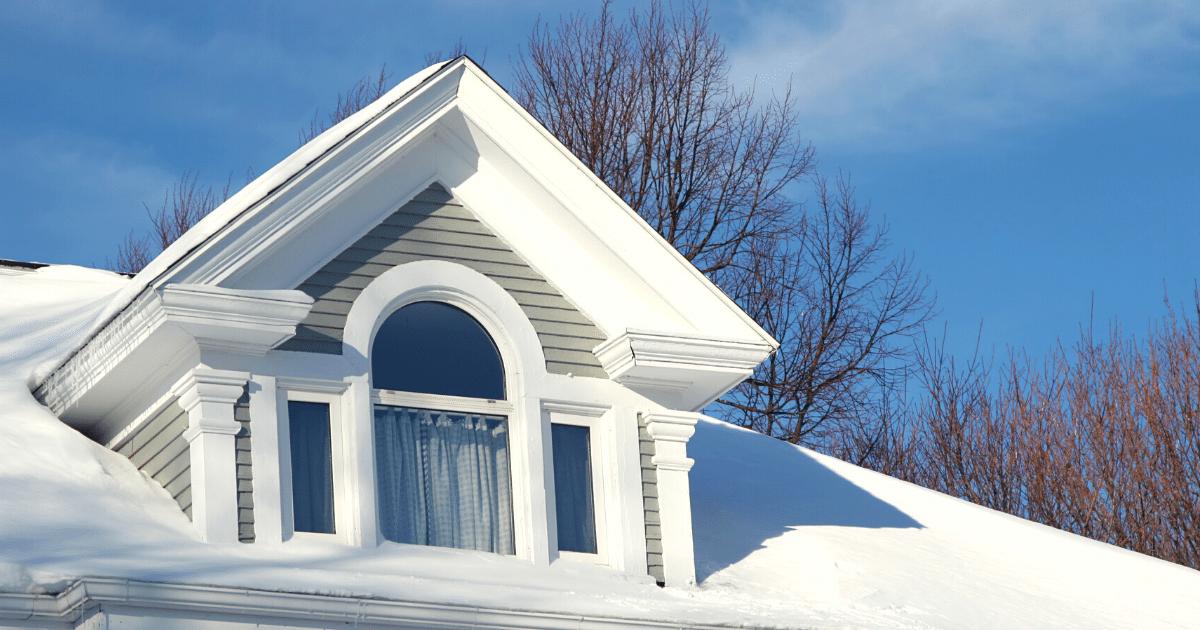
4. Gutters and Roofs
Following a theme from earlier on, it’s imperative to get your roof inspected annually so that you become aware of any problems and can get repairs done before winter sets in. Then, throughout the season:
-
- Keep gutters cleared out so that water goes down the spout where it’s supposed to, rather than finding other cracks or crannies to get into.
- If you live in a snowy area, clean gutters can also help prevent ice dams from forming and causing costly damage.
- Remove snow from your roof regularly with a roof rake.
- Use that same rake to remove any icicles that have formed.

5. Power Outage Prep
Snowstorms and freezes can easily take out power lines, leaving you in the cold and dark. Have your emergency plan and power back-up ready in case you need it. Additionally:
-
- Have a two-way radio for news concerning the outage (make sure it’s solar-powered, uses batteries, or is hand-crank).
- Have a hand-crank or solar-powered cellphone charger so you can keep in touch with family, neighbors, and friends.
- Invest in a generator, and always have flashlights, lanterns, and extra batteries on hand.
- If you don’t have an emergency kit or plan for your family, make one today.

6. Germ Safety
Illnesses, including the flu, coronavirus, and others surge during winter months because we’re usually indoors and in close proximity to others. Be sure to stick to the routine precautions for COVID-19 prevention – including mask-wearing, frequent handwashing, and social distancing – to keep yourself and your family safe. Pandemic fatigue is real, but sticking to the guidelines will keep us all – including our nurses, doctors, and other health care workers – healthy until a vaccine is available.
Many times, making sure your home is prepped for winter hazards means thinking ahead in summer and fall. Keeping up with your yearly inspections can uncover problems with chimneys, heating systems, and your roof that could cause major headaches and damage right when the thermometer is plunging. Taking actions early – and keeping an eye out year-round – will give you peace of mind during the winter so you and your family can enjoy a cozy, serene and safe home.
This article is furnished by California Casualty, providing auto and home insurance to educators, law enforcement officers, firefighters, and nurses. Get a quote at 1.866.704.8614 or www.calcas.com.

Thank a Peace Officer Today!
Today is National Law Enforcement Appreciation Day (LEAD) – a day designated to honor the more than 800,000 men and women across the country who have taken the pledge to protect and serve.
From fighting crime and saving lives to ensuring public safety, responding to accidents, and building community relations, law enforcement officers improve our communities in a million different ways every single day.
In fact, their work is so foundational to our everyday sense of safety and security that it can be easy to forget all that they do. So today, join us and millions of other Americans in showing appreciation for our officers in blue.
Here are some things you can do today and every day to show your support:
-
- Send a thank you card to your local police department.
- Wear blue in support of law enforcement today – you could also make your social media picture blue for the day, or even change it to your local police department’s logo or insignia.
- Ask your kids – and/or those in the neighborhood – to write letters to peace officers. If your kids seem interested in officers’ careers, sign them up for a mentorship or other program offered by police departments.
- Follow your local police department on social media – you’ll not only be more aware of local news and alerts, but also gain a greater understanding of all that your department deals with. And when you have a good experience with law enforcement, give them a shout-out on your page! Boosting the positive highlights the good that officers do day in and day out.
- Support officer causes and fundraising drives. Better yet, volunteer! As a civilian, you can help supplement and support officers by doing things like clerical tasks, assisting with search and rescue, reporting graffiti in neighborhoods and helping with equipment and property inventory.
- Participate in initiatives, projects and programs launched by your local police department to build relationships in their communities. These might include events like National Night Out, Coffee with a Cop or even neighborhood barbeques.
- Take part in Project Blue Light, which honors and remembers officers who have been killed in the line of duty. Your local community most likely has a Facebook page.
- Help prevent police suicides. Check out Blue H.E.L.P. and click on “Get Involved” to see how you can help.
- Give blood in honor of fallen heroes – C.O.P.S and the American Red Cross co-host a national Blue Blood Drive every year.
- Donate – Direct financial support can help organizations that serve officers achieve greater impact. Here are some law enforcement and first responder charities to consider (and some general tips on doing your due diligence with any charity organization).
- Participate in law enforcement surveys – These help by providing honest feedback from community members around policing efforts or areas of concern.
- Sign up for your Neighborhood Watch program – start here.
- Check out these additional tips – especially relevant during the pandemic.
Most importantly, say “Thank you” whenever you get the chance. In-person, on social media, wherever – use your voice to support officers. Their job asks them to put their lives on the line every day; by sharing thanks and gratitude you can help boost their morale and make those tough days a little brighter!
This article is furnished by California Casualty, providing auto and home insurance to educators, law enforcement officers, firefighters, and nurses. Get a quote at 1.866.704.8614 or www.calcas.com.
